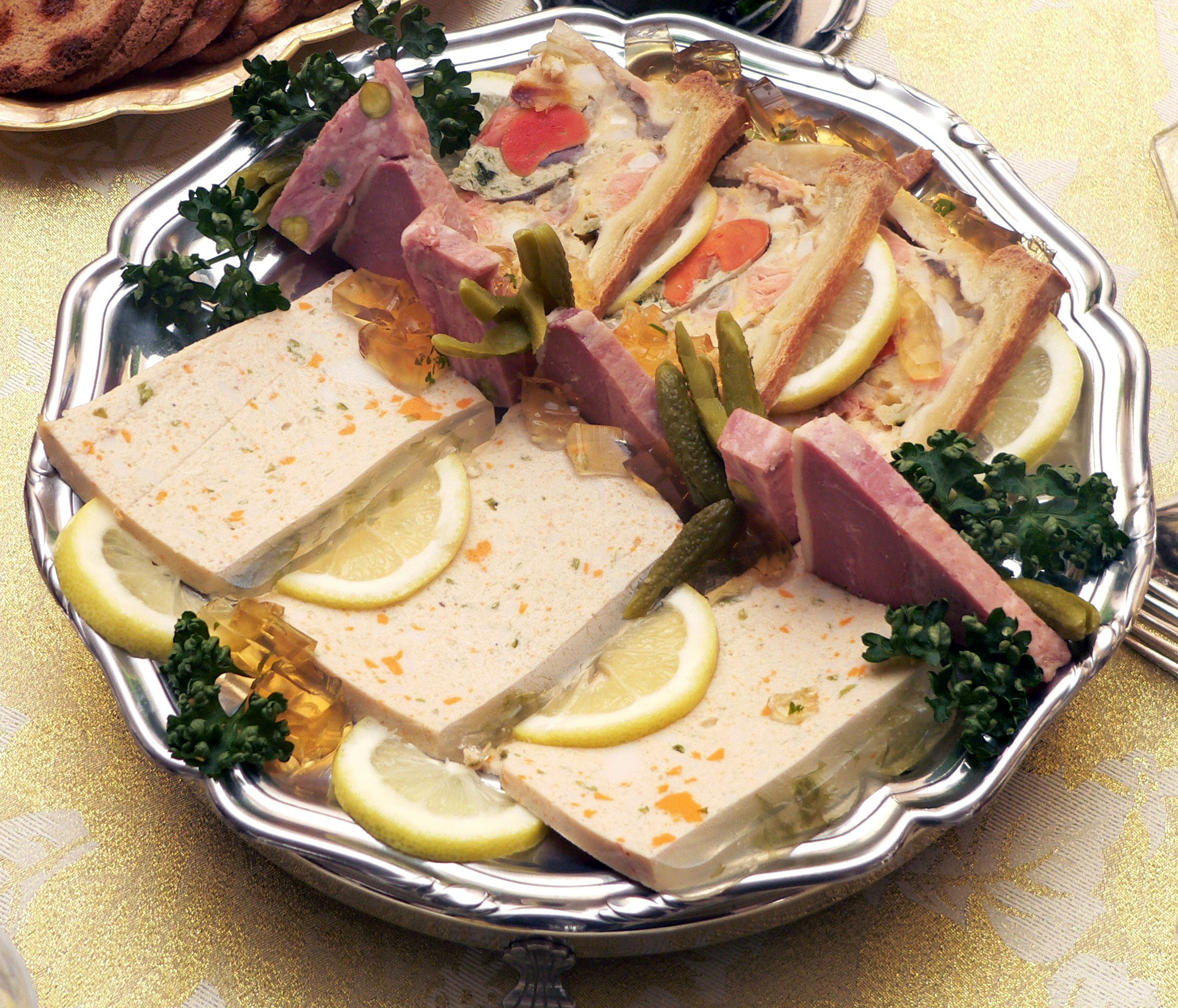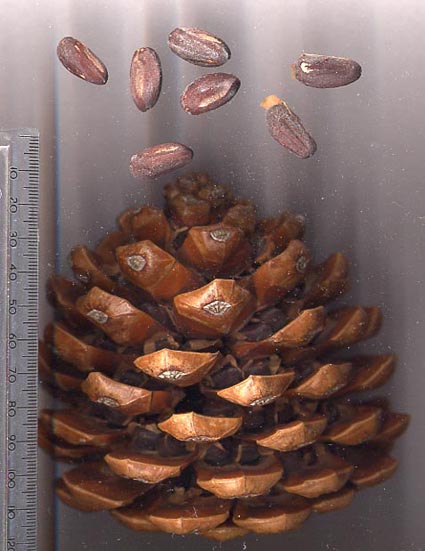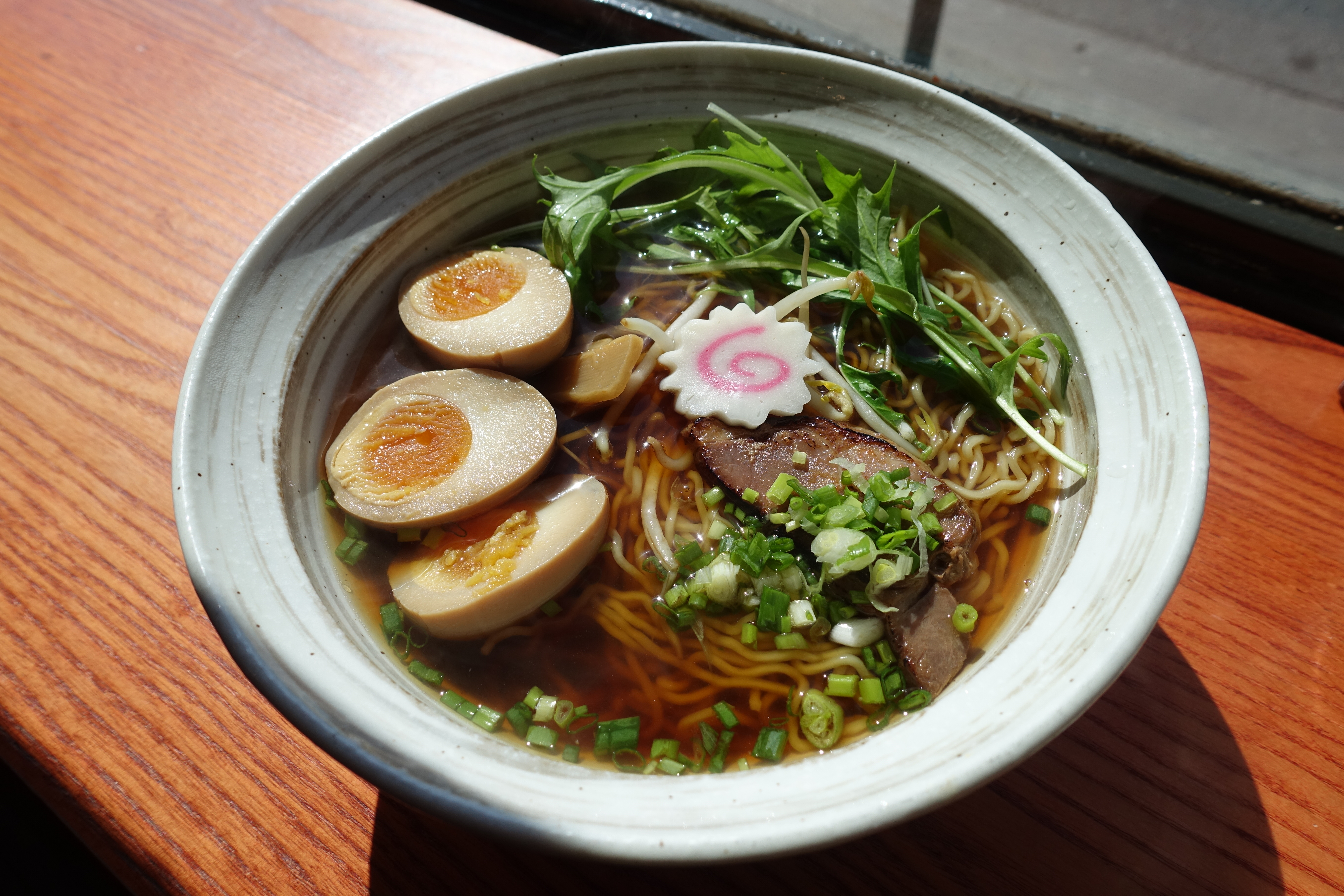|
Seon (food)
''Seon'' () is a traditional Korean dish made from steamed vegetables such as zucchini, cucumber, eggplant or Napa cabbage and stuffed with meat. Although the term is a counterpart of ''jjim—''a category of dishes that are made by steaming meat or seafood—the concept is not clearly settled. Other dishes similar to seon include ''gajiseon'' (가지선, steamed eggplant), ''gochuseon'' (고추선, steamed chili pepper), ''donggwaseon'' (동과선, steamed winter melon), ''museon'' (무선, steamed radish), ''baechuseon'' (steamed Napa cabbage) and ''dubuseon'' (steamed tofu). Preparation To make a ''hobakseon'' () or ''oiseon'' (), a cucumber (or zucchini) is cut into pieces about 4 to 5 cm. in length and then quartered. The pieces are lightly salted and then slightly squeezed to drain water from them. Beef or chicken, along with onion, is chopped and mixed with seasonings to make the stuffing. Then, prepared pieces of the cucumber are stuffed with the meat and placed i ... [...More Info...] [...Related Items...] OR: [Wikipedia] [Google] [Baidu] |
Korean Traditional Dish
Korean cuisine is the set of foods and culinary styles which are associated with Korean culture. This cuisine has evolved through centuries of social and political change. Originating from ancient Prehistoric Korea, agricultural and nomadic traditions in Korea and southern Manchuria, Korean cuisine reflects a complex interaction of the natural environment and different cultural trends. Korean cuisine is largely based on rice, vegetables, seafood and (at least in South Korea) meats. Dairy is largely absent from the traditional Korean diet. Traditional Korean meals are named for the number of side dishes () that accompany steaming, steam-cooked short-grain rice. Kimchi is served at nearly every meal. Commonly used ingredients include sesame oil, (fermented bean paste), Korean soy sauce, soy sauce, salt, garlic, ginger, (chili pepper, pepper flakes), (fermented red chili paste) and napa cabbage. Ingredients and dishes vary by province. Many regional dishes have become nat ... [...More Info...] [...Related Items...] OR: [Wikipedia] [Google] [Baidu] |
Egg Garnish
Egg garnish, called ''Dansi'' () in Chinese, is a common topping in Chinese cuisine, made with egg whites and egg yolks. Egg yolks and egg whites are separated, beaten without creating foam, pan-fried with little oil into thin sheets without browning, then cut into thin strips, diamonds, or rectangles. The white and yellow egg sheets before being cut are called ''jidan'' (). Gallery Galbi-tang.jpg, ''Galbi-tang'' topped with diamond-shaped egg garnishes Tteokguk.jpg, ''Tteokguk'' topped with egg garnish strips Oi-seon.jpg, '' Oi-seon'' with egg garnish strips Janchi-guksu.jpg, ''Janchi-guksu'' topped with egg garnish strips Naengmyeon (cold noodles).jpg, ''Naengmyeon'' topped with egg garnish strips Gulbi-gui 2.png, ''Gulbi-gui'' topped with egg garnish strips See also * ''Fios de ovos ''Fios de ovos'' () is a traditional Portuguese sweet food made out of egg yolks, drawn into thin strands and boiled in sugar syrup. It is used as a garnish on cakes and puddings, as a ... [...More Info...] [...Related Items...] OR: [Wikipedia] [Google] [Baidu] |
Napa Cabbage
Napa cabbage (''Brassica rapa'' subsp. ''pekinensis,'' or ''Brassica rapa'' Pekinensis Group) is a type of Chinese cabbage originating near the Beijing region of China that is widely used in East Asian cuisine. Since the 20th century, it has also become a widespread crop in Europe, the Americas, and Australia. In much of the world, it is referred to as "Chinese cabbage". Names The word "napa" in the name napa cabbage comes from colloquial and regional Japanese, where ''nappa'' () refers to the leaves of any vegetable, especially when used as food. The Japanese name for this specific variety of cabbage is ''hakusai'' (), a Sino-Japanese reading of the Chinese name ''báicài'' (), literally "white vegetable". The Korean name for napa cabbage, ''baechu'' (), is a nativized word from the Sino-Korean reading, , of the same Chinese character sets. Today in Mandarin Chinese, napa cabbage is known as ''dàbáicài'' (), literally "big white vegetable", as opposed to the "small wh ... [...More Info...] [...Related Items...] OR: [Wikipedia] [Google] [Baidu] |
Offal
Offal (), also called variety meats, pluck or organ meats, is the internal organ (anatomy), organs of a butchered animal. Offal may also refer to the by-products of Milling (grinding), milled grains, such as corn or wheat. Some cultures strongly consider offal consumption to be taboo, while others use it as part of their everyday food, such as lunch meats, or, in many instances, as Delicacy, delicacies. Certain offal dishes—including ''foie gras'' and ''pâté''—are often regarded as gourmet food in the culinary arts. Others remain part of traditional regional cuisine and are consumed especially during holidays; some examples are sweetbread, Jewish chopped liver, Scottish haggis, U.S. chitterlings, and Mexican Menudo (soup), menudo. On the other hand, intestines are traditionally used as casing for sausages. Depending on the context, ''offal'' may refer only to those parts of an animal carcass discarded after butchering or skinning; offal not used directly for human or anim ... [...More Info...] [...Related Items...] OR: [Wikipedia] [Google] [Baidu] |
Herring
Herring are various species of forage fish, belonging to the Order (biology), order Clupeiformes. Herring often move in large Shoaling and schooling, schools around fishing banks and near the coast, found particularly in shallow, temperate waters of the North Pacific Ocean, North Pacific and North Atlantic Oceans, including the Baltic Sea, as well as off the west coast of South America. Three species of ''Clupea'' (the type genus of the herring family Clupeidae) are recognised, and comprise about 90% of all herrings captured in fisheries. The most abundant of these species is the Atlantic herring, which comprises over half of all herring capture. Fish called herring are also found in the Arabian Sea, Indian Ocean, and Bay of Bengal. Herring played an important role in the history of marine fisheries in Europe, and early in the 20th century, their study was fundamental to the development of fisheries science. These oily fish also have a long history as an important food fish, and ... [...More Info...] [...Related Items...] OR: [Wikipedia] [Google] [Baidu] |
Pine Nut
Pine nuts, also called piñón (), pinoli (), or pignoli, are the edible seeds of pines (family Pinaceae, genus ''Pinus''). According to the Food and Agriculture Organization, only 29 species provide edible nuts, while 20 are traded locally or internationally owing to their seed size being large enough to be worth harvesting; in other pines, the seeds are also edible but are too small to be of notable value as human food. The biggest producers of pine nuts are China, Russia, North Korea, Pakistan and Afghanistan. As pines are gymnosperms, not angiosperms (flowering plants), pine nuts are not " true nuts"; they are not botanical fruits, the seed not being enclosed in an ovary which develops into the fruit, but simply bare seeds—"gymnosperm" meaning literally "naked seed" (from and ). The similarity of pine nuts to some angiosperm fruits is an example of convergent evolution. Species and geographic spread In Asia, two species, in particular, are widely harvested: Korea ... [...More Info...] [...Related Items...] OR: [Wikipedia] [Google] [Baidu] |
Honey
Honey is a sweet and viscous substance made by several species of bees, the best-known of which are honey bees. Honey is made and stored to nourish bee colonies. Bees produce honey by gathering and then refining the sugary secretions of plants (primarily floral nectar) or the secretions of other insects, like the honeydew of aphids. This refinement takes place both within individual bees, through regurgitation and enzymatic activity, and during storage in the hive, through water evaporation that concentrates the honey's sugars until it is thick and viscous. Honey bees stockpile honey in the hive. Within the hive is a structure made from wax called honeycomb. The honeycomb is made up of hundreds or thousands of hexagonal cells, into which the bees regurgitate honey for storage. Other honey-producing species of bee store the substance in different structures, such as the pots made of wax and resin used by the stingless bee. Honey for human consumption is collected ... [...More Info...] [...Related Items...] OR: [Wikipedia] [Google] [Baidu] |
Ginger
Ginger (''Zingiber officinale'') is a flowering plant whose rhizome, ginger root or ginger, is widely used as a spice and a folk medicine. It is an herbaceous perennial that grows annual pseudostems (false stems made of the rolled bases of leaves) about one meter tall, bearing narrow leaf blades. The inflorescences bear flowers having pale yellow petals with purple edges, and arise directly from the rhizome on separate shoot (botany), shoots. Ginger is in the family (taxonomy), family Zingiberaceae, which also includes turmeric (''Curcuma longa''), cardamom (''Elettaria cardamomum''), and galangal. Ginger originated in Maritime Southeast Asia and was likely domesticated first by the Austronesian peoples. It was transported with them throughout the Indo-Pacific during the Austronesian expansion ( Before Present, BP), reaching as far as Hawaii. Ginger is one of the first spices to have been exported from Asia, arriving in Europe with the spice trade, and was used by ancient Gre ... [...More Info...] [...Related Items...] OR: [Wikipedia] [Google] [Baidu] |
Ganjang
Soy sauce (sometimes called soya sauce in British English) is a liquid condiment of Chinese origin, traditionally made from a fermented paste of soybeans, roasted grain, brine, and ''Aspergillus oryzae'' or '' Aspergillus sojae'' molds. It is recognized for its saltiness and pronounced umami taste. Soy sauce was created in its current form about 2,200 years ago during the Western Han dynasty of ancient China. Since then, it has become an important ingredient in East and Southeast Asian cooking as well as a condiment worldwide. Use and storage Soy sauce can be added directly to food, and is used as a dip or salt flavor in cooking. It is often eaten with rice, noodles, and sushi or sashimi, or can also be mixed with ground wasabi for dipping. Bottles of soy sauce for the salty seasoning of various foods are common on restaurant tables in many countries. Soy sauce can be stored at room temperature. History Asia China Soy sauce (, ) is considered almost as old as soy p ... [...More Info...] [...Related Items...] OR: [Wikipedia] [Google] [Baidu] |
Parboil
Parboiling (or leaching) is the partial or semi boiling of food as the first step in cooking. The word is from the Old French ''parbouillir'', 'to boil thoroughly' but by mistaken association with "part", it has acquired this definition. The word is often used when referring to parboiled rice. Parboiling can also be used for removing poisonous or foul-tasting substances from foods, and to soften vegetables before roasting them. Basic technique The food items are added to boiling water and cooked until they start to soften, then removed before they are fully cooked. Parboiling is usually used to partially cook an item which will then be cooked another way such as braising, grilling, or stir-frying. Parboiling differs from blanching in that one does not cool the items using cold water or ice after removing them from the boiling water. Parboiled rice Sometimes raw rice or paddy is dehusked by using steam. This steam also partially boils the rice while dehusking. This pr ... [...More Info...] [...Related Items...] OR: [Wikipedia] [Google] [Baidu] |
Joseon Dynasty
Joseon ( ; ; also romanized as ''Chosun''), officially Great Joseon (), was a dynastic kingdom of Korea that existed for 505 years. It was founded by Taejo of Joseon in July 1392 and replaced by the Korean Empire in October 1897. The kingdom was founded following the aftermath of the overthrow of Goryeo in what is today the city of Kaesong. Early on, Korea was retitled and the capital was relocated to modern-day Seoul. The kingdom's northernmost borders were expanded to the natural boundaries at the rivers of Yalu River, Amnok and Tumen River, Tuman through the subjugation of the Jurchen people, Jurchens. During its 500-year duration, Joseon encouraged the entrenchment of Korean Confucianism, Confucian ideals and doctrines in Korean society. Neo-Confucianism was installed as the new state's ideology. Korean Buddhism, Buddhism was accordingly discouraged, and occasionally Buddhists faced persecution. Joseon consolidated its effective rule over the Korean peninsula and saw the he ... [...More Info...] [...Related Items...] OR: [Wikipedia] [Google] [Baidu] |







